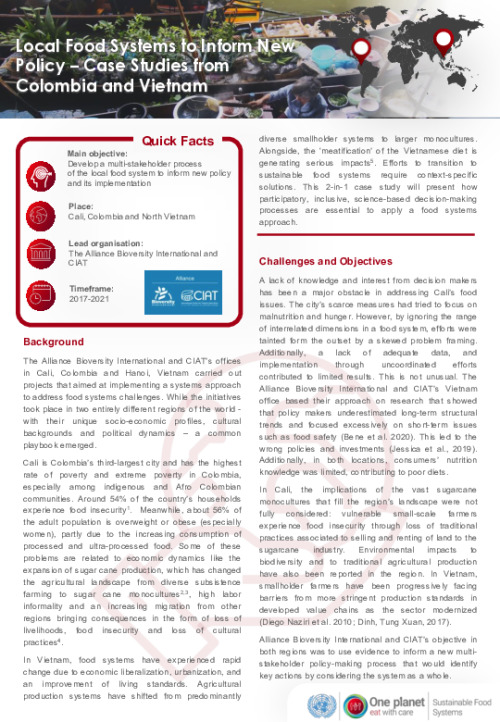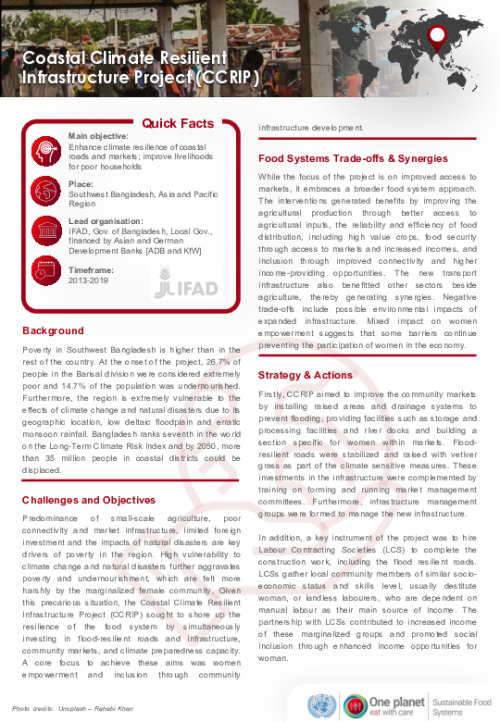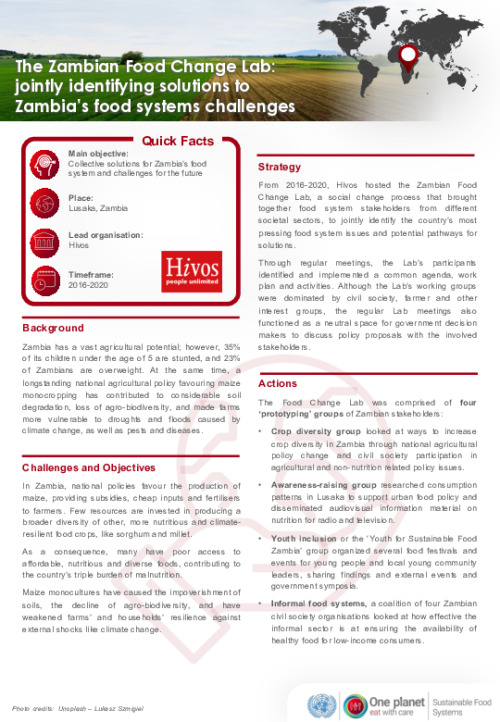MASLAGO: A sustainable landscape management approach to save the lake that feeds Nicaragua’s cities
Lake Apanás, Nicaragua’s third-largest lake is an artificial water reservoir built in 1964 to generate electricity. Around 3,500 coffee farmers cultivate in the Lake Apanás basin, accounting for about 55% of the basin’s planted area. The production of staple grains accounts for about 30% of this area, with about half of the harvest going to farm household consumption. Three thousand smallholders cultivate vegetables on 15% of the total planted area in the basin, supplying about 60% of the vegetables consumed in the larger cities of Nicaragua. Fish from the lake provide protein to those living around the lake and livelihoods for the roughly 100 fishermen who commercially fish on the lake. Forests around the lake provide wood for household cooking and heating.
Over the past 30 years, uncontrolled deforestation and harmful farming practices have deteriorated the environment around Lake Apanás to such an extent that the lake could disappear completely in the next five years due to sedimentation. Vegetable cultivation, in particular, has had a high impact on environmental quality in the lake basin due to intensive year-round cultivation in which ground is broken, leaving soil exposed and subject to erosion. The objective of the project is to preserve and sustainably manage Lake Apanás through use of an integrated landscape management approach mobilizing all stakeholder groups, particularly vegetable farmers, other producers, and fishermen who benefit from the lake.


